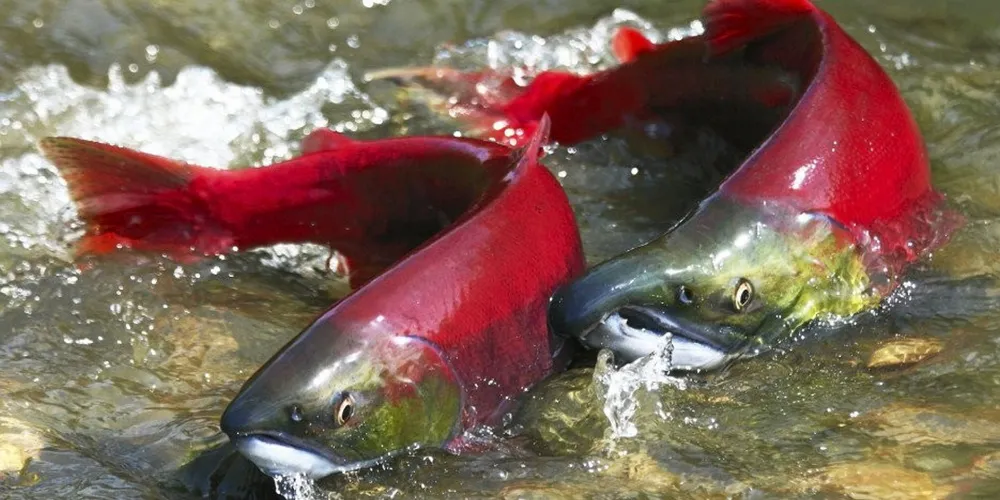Guest Commentary: How does the Bristol Bay wild sockeye salmon run keep breaking records?
While there are a range of factors behind the health of the world's most valuable wild salmon fishery, science-based sustainable management is one of the keys.

While there are a range of factors behind the health of the world's most valuable wild salmon fishery, science-based sustainable management is one of the keys.
